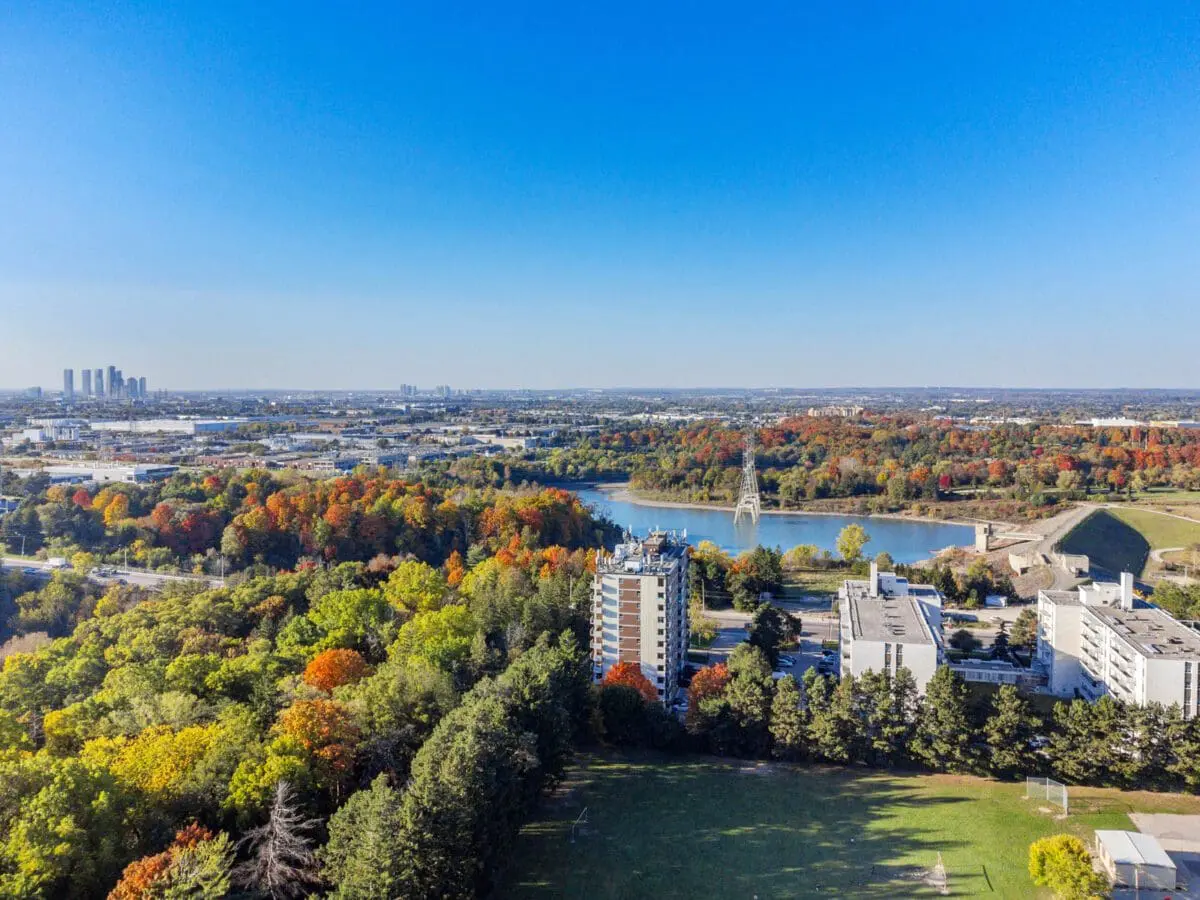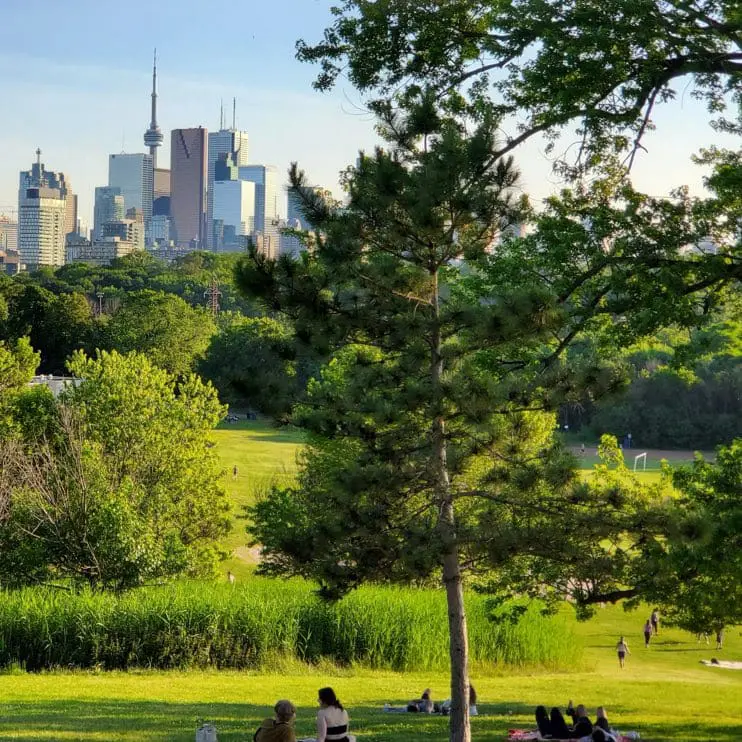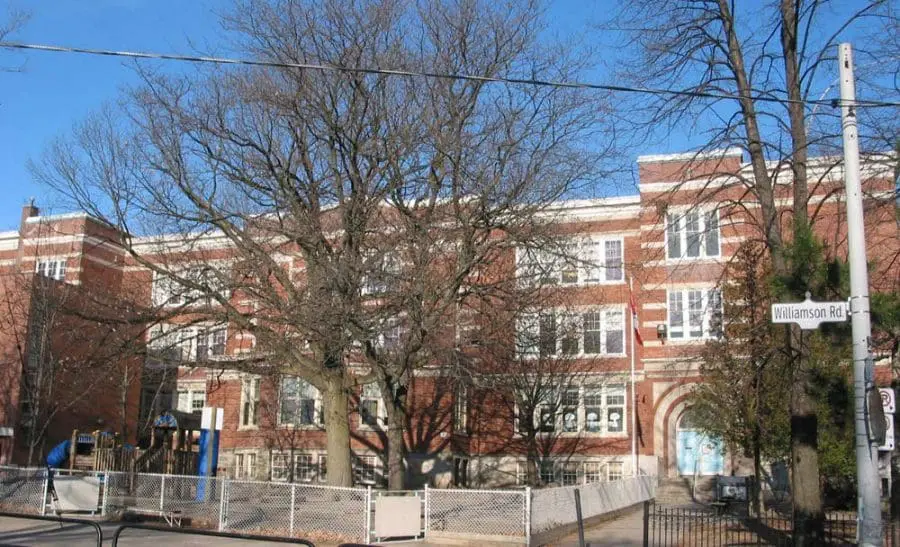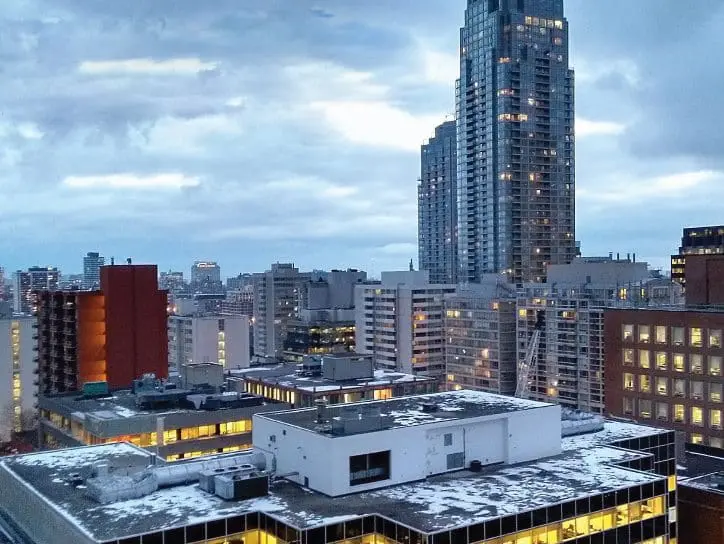Every week, I speak to Toronto homeowners—especially families and professionals—who ask the same question:
“Should we leave the city?”
With home prices, school pressure, and space limitations, the idea of moving to the GTA suburbs can feel like a welcome change. But what many buyers discover too late is that leaving the city also comes with trade-offs they didn’t expect.
Before you list your Toronto home and start house-hunting in Oakville, Vaughan, or Aurora, here are the five key factors I walk through with my clients.
More articles on the topic:
- HAVE YOU BOUGHT A HOME DURING THE PANDEMIC AND NOW REGRET IT?
- How to Choose the Right Toronto Neighbourhood for Your Lifestyle
1. Space Comes at the Cost of Time
Yes, you’ll get more house for your money in the suburbs. But in return, you’ll spend more time in the car—on school runs, commutes, and daily errands. What looks like a quiet lifestyle on paper often becomes a logistical puzzle, especially for dual-income families.
What to ask yourself:
Are you buying space you’ll enjoy—or just space you think you should have?
2. School Options Aren’t Always Better
Many families leave Toronto chasing “better schools,” only to realize that suburban school boards can be more limited in programming, more homogeneous, or more competitive in different ways.
Toronto offers access to diverse public, Catholic, alternative, and private school options—as well as after-school infrastructure you may not find elsewhere.
What to ask yourself:
Are you choosing a school based on reputation or real fit for your child?
3. Infrastructure Shapes Daily Life
In the city, you’re rarely more than 10 minutes from healthcare, grocery stores, kids’ programs, or transit. Suburban life can mean more driving, fewer walkable errands, and slower response times when services are needed.
This becomes especially important for families with young children, elderly parents, or demanding schedules.
What to ask yourself:
Will this move simplify your life—or stretch your time and energy thinner?
4. Market Stability Favors Toronto Core
Over the past decade, Toronto’s core neighbourhoods have shown stronger price stability and faster recoveries compared to newer, commuter-driven areas. Demand is diversified, school zones support value, and infrastructure protects investment.
Buyers who move out and plan to return often find they’ve been priced out of the neighbourhoods they once lived in.
What to ask yourself:
Are you making a long-term move—or giving up something that may be hard to get back?
5. You Can Still Find the Right Space—In Toronto
Many buyers are surprised to learn they can still find space, community, and smart schools without leaving the city—in neighbourhoods like Leaside, East York, Davisville, or Bedford Park.
Whether it’s a semi-detached home, a renovated condo with three bedrooms, or a home near a greenbelt, the right match often exists within the boundaries—with less compromise than you’d expect.
What to ask yourself:
Have you fully explored all your options inside the city?
Final Thoughts
Leaving Toronto is a big decision—and one that shouldn’t be made on square footage alone.
If you’re thinking of moving out, I can help you weigh the lifestyle, resale, education, and infrastructure implications—so you’re not just making a move, but making the right move.
Send an email at olena@agentolena.com or call 647.294.3039 to get started.













